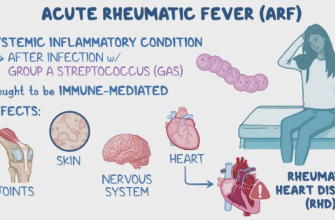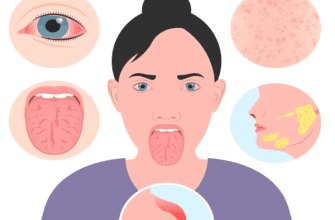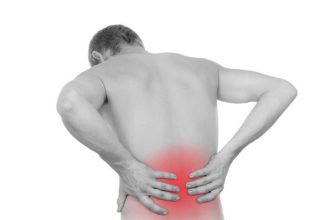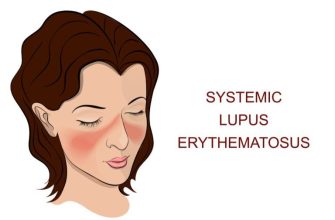1. Etiology (Causes)
Hypogonadism occurs when the testes (in men) or ovaries (in women) produce insufficient sex hormones (testosterone/estrogen). It is classified into two types:
A. Primary (Hypergonadotropic) Hypogonadism
- Testicular/Ovarian Failure:
- Genetic disorders (Klinefelter syndrome in men, Turner syndrome in women)
- Infections (mumps orchitis, HIV)
- Autoimmune damage
- Chemotherapy/radiation therapy
- Trauma or surgical removal
B. Secondary (Hypogonadotropic) Hypogonadism
- Pituitary/Hypothalamic Dysfunction:
- Pituitary tumors (prolactinoma)
- Head trauma or brain surgery
- Chronic illnesses (obesity, diabetes, liver/kidney disease)
- Excessive exercise/stress (low LH/FSH)
- Opioid or steroid abuse
2. Symptoms
In Men:
- Low libido, erectile dysfunction
- Reduced muscle mass, fatigue
- Decreased facial/body hair
- Gynecomastia (breast enlargement)
- Infertility, small testicles
In Women:
- Irregular or absent periods
- Vaginal dryness, painful intercourse
- Hot flashes, mood swings
- Low bone density (osteoporosis risk)
- Reduced breast tissue
In Both:
- Depression, low energy
- Weight gain (especially abdominal fat)
- Reduced bone density (risk of fractures)
3. Diagnosis
Blood Tests:
- Testosterone (men) / Estrogen (women) (low levels)
- LH & FSH:
- High LH/FSH = Primary hypogonadism (gonad failure)
- Low LH/FSH = Secondary hypogonadism (pituitary/hypothalamic issue)
- Prolactin (if pituitary tumor suspected)
- Genetic testing (for Klinefelter/Turner syndrome)
Imaging:
- MRI of the pituitary (if secondary hypogonadism is suspected)
- Testicular ultrasound (for structural issues in men)
4. Treatment
For Men:
- Testosterone Replacement Therapy (TRT):
- Gels, injections, or patches
- Caution: TRT can worsen prostate cancer or sleep apnea
- Fertility Treatment:
- HCG injections (stimulates natural testosterone production)
For Women:
- Estrogen + Progesterone Therapy:
- Oral pills, patches, or vaginal creams
- Caution: Long-term use may increase breast cancer risk
For Both:
- Lifestyle changes: Weight loss, strength training
- Treat underlying cause (e.g., pituitary tumor removal)
5. Prevention
- Avoid excessive alcohol & opioid use (suppresses testosterone)
- Manage chronic diseases (diabetes, obesity)
- Protect against testicular trauma (sports safety)
- Early hormone testing if symptoms appear
6. When to See a Doctor?
- Men: Erectile dysfunction, low libido, unexplained fatigue
- Women: Missing periods, severe menopause-like symptoms
- Teens: Delayed puberty (no facial hair in boys, no periods in girls by age 15)
7. How to Avoid Hypogonadism?
✔ Maintain a healthy weight (obesity lowers testosterone)
✔ Exercise regularly (but avoid extreme endurance training)
✔ Avoid anabolic steroids (disrupt natural hormone production)
✔ Get regular check-ups if at risk (e.g., cancer survivors)
Key Takeaways
- Primary hypogonadism = Problem in testes/ovaries (high LH/FSH).
- Secondary hypogonadism = Problem in brain signaling (low LH/FSH).
- TRT helps symptoms but requires monitoring (prostate/breast cancer risk).
- Early diagnosis prevents complications (osteoporosis, infertility).
Did You Know?
- About 40% of men over 45 have low testosterone.
- Opioid users have a 50% higher risk of hypogonadism.







